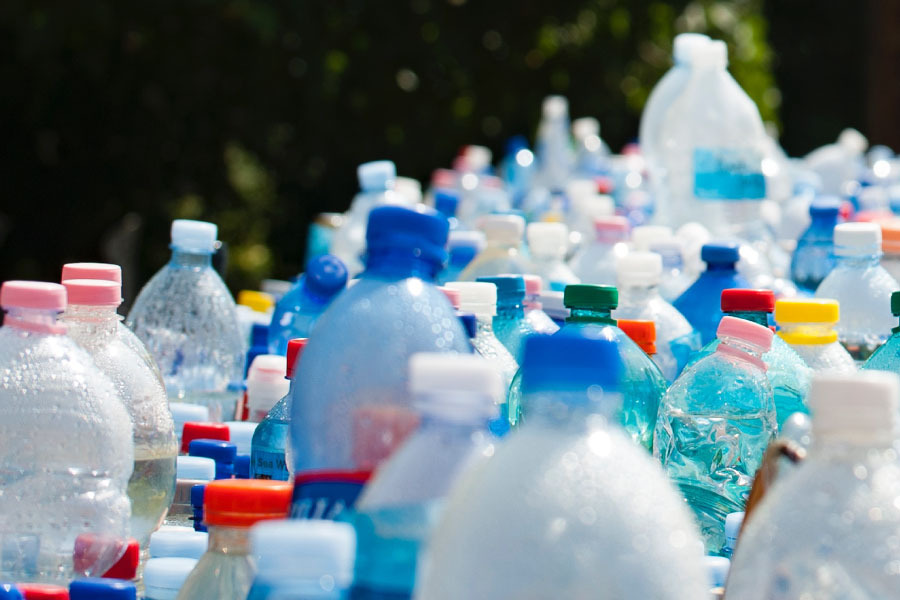
R&D Project Spotlight: Transitioning to a Circular Economy for PET and Olefin Polymers
Today, the U.S. only recycles 8.4 percent of the plastic waste that is collected. Although new advanced mechanical and chemical recycling technologies hold the promise of a closed-loop circular economy for plastics in the near-term, the anticipated economic, environmental, and societal benefits of a closed loop system are still not well understood.
With a focus on polyethylene terephthalate (PET) and olefin plastics, which together comprise nearly two thirds of U.S plastic production, the R&D project team successfully built a model that evaluated how the manufacturing and recycling processes in a plastics circular economy can be configured to minimize energy consumption and greenhouse gas emissions. The model predicted that it is possible to reduce greenhouse gas emissions by 24% compared to current recycling approaches.
In the next phase of the R&D project, the team is expanding the model to include material flow analyses, material transportation and logistics analyses, recycling process modeling, energy and environmental life cycle assessments, techno-economic analyses, and regional / national economic studies.
The model will be validated with a case study in the state of Michigan in close collaboration with the Michigan Department of Environment, Great Lakes, and Energy (EGLE). The modeling simulation will be developed using CHEMCAD and UniSim, allowing results to be disseminated broadly to accelerate the U.S. transition a circular economy for PET and Olefin polymers. Doing so would save material, energy, and emissions associated with plastic recycling and close the annual gap of more than 1 billion pounds between the current U.S. supply and projected 2025 demand for recycled PET (rPET) for use in bottles.
Project Participants:
RRS, Chemstations, Yale, Michigan Technological University, Idaho National Laboratory